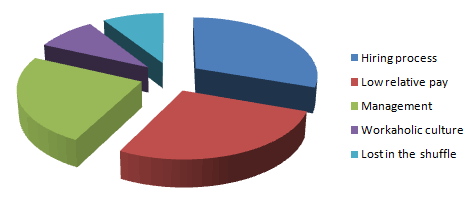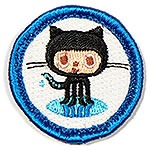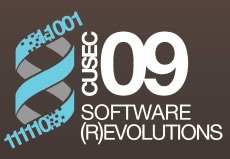 If you were born in the 1990s, you fall into the “youth” demographic and are considered to be part of the “Generation Y” or “Millennial” generation (a classification applied to people born in the 80s and 90s). Chances are that you don’t remember a world without commonplace desktop computers, the world wide web and mobile phones – lucky you!
If you were born in the 1990s, you fall into the “youth” demographic and are considered to be part of the “Generation Y” or “Millennial” generation (a classification applied to people born in the 80s and 90s). Chances are that you don’t remember a world without commonplace desktop computers, the world wide web and mobile phones – lucky you!
You’re also the generation that Microsoft Research’s danah boyd has been observing for the past couple of years. She’s been studying how youth use social networks, or “networked publics”, as she likes to refer to them. She completed her Ph.D. last year and in fulfillment of her promise, she posted her dissertation on her blog this past weekend. It’s titled Taken Out of Context: American Teen Sociality in Networked Publics.
Teens use social media and social networking software to do these things:
- To present themselves to the world
- To interact with their peers
- To understand and navigate through adult society
If you want to understand how and why teens’ use of technology to do these things, danah’s dissertation is your must-read document.
Be warned that a dissertation isn’t a blog entry or magazine article; Taken Out of Context spans a whopping 406 pages. Although it’s quite comprehensible to someone not versed in sociology or ethnography, it’s still a lot to read. You might find my notes from her My Friends, MySpace presentation that I took back in the summer of 2007 a reasonable overview – perhaps even a “cheat sheet” — for her dissertation.







